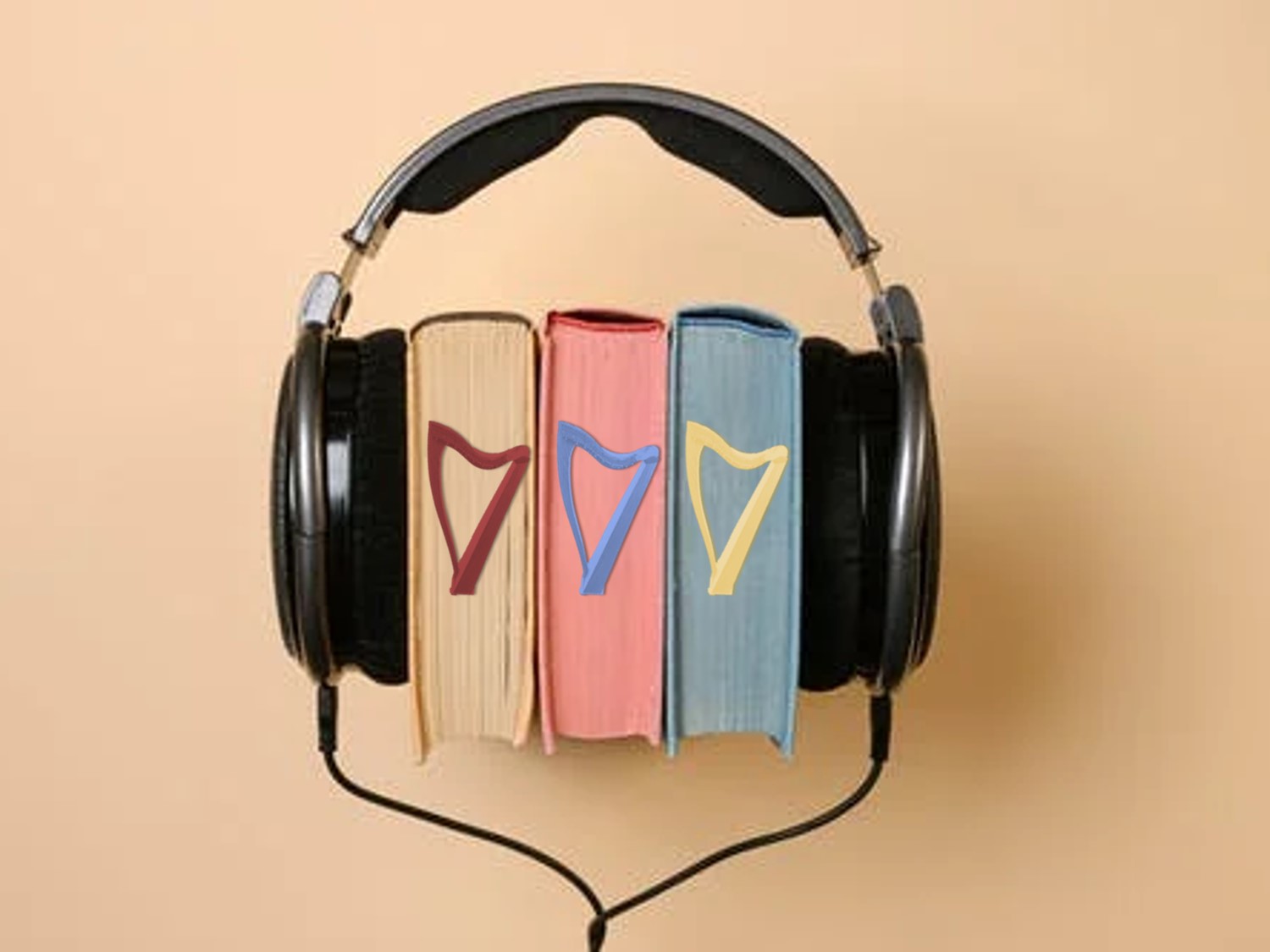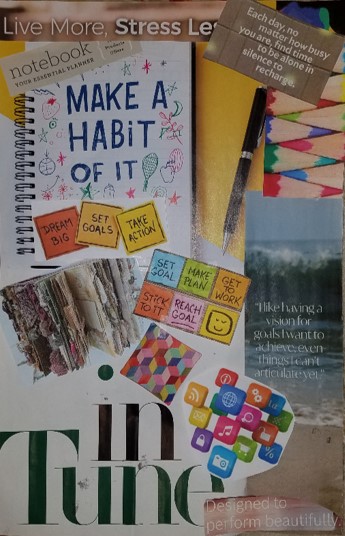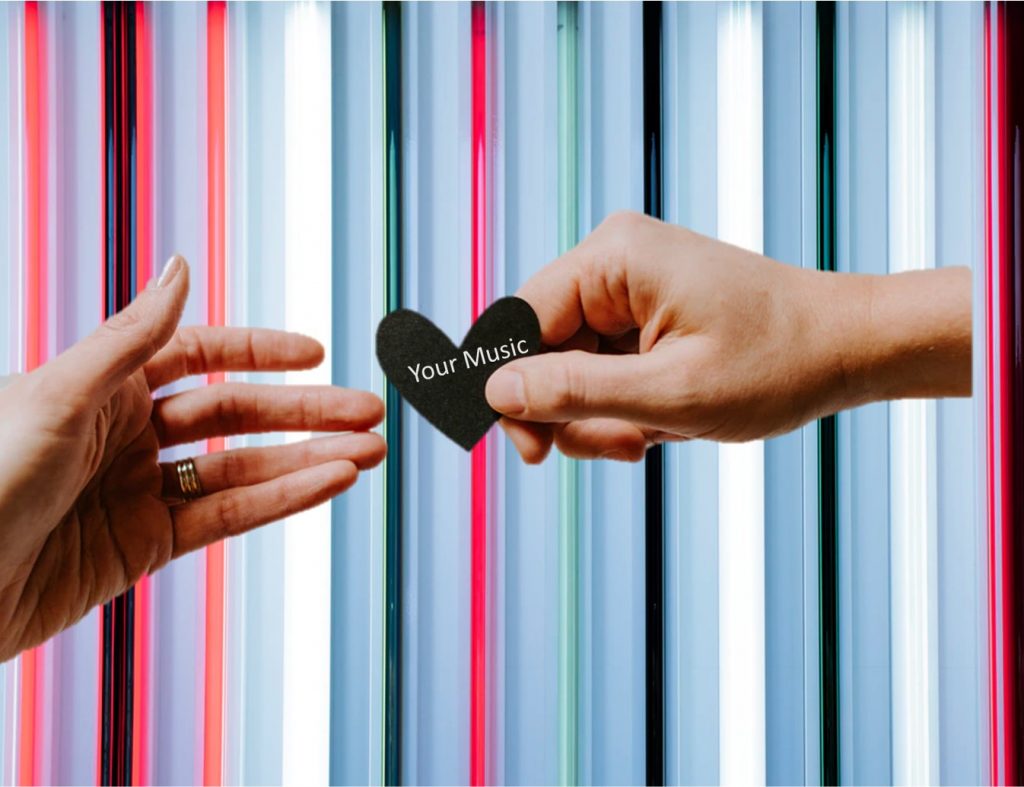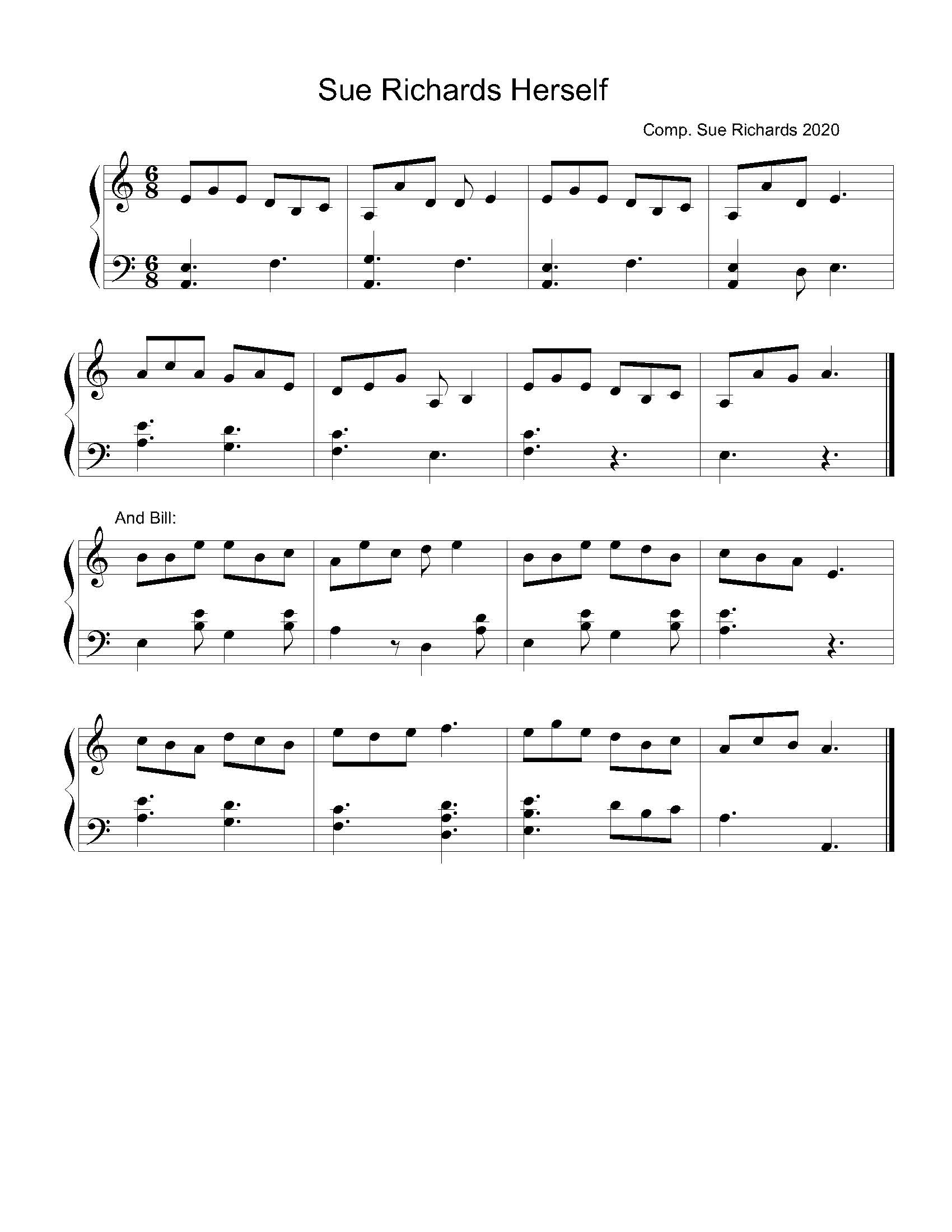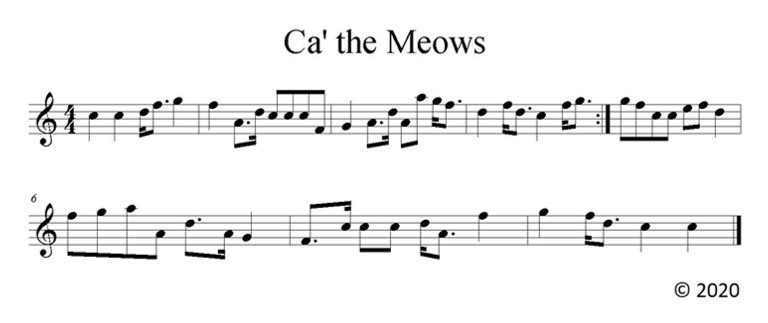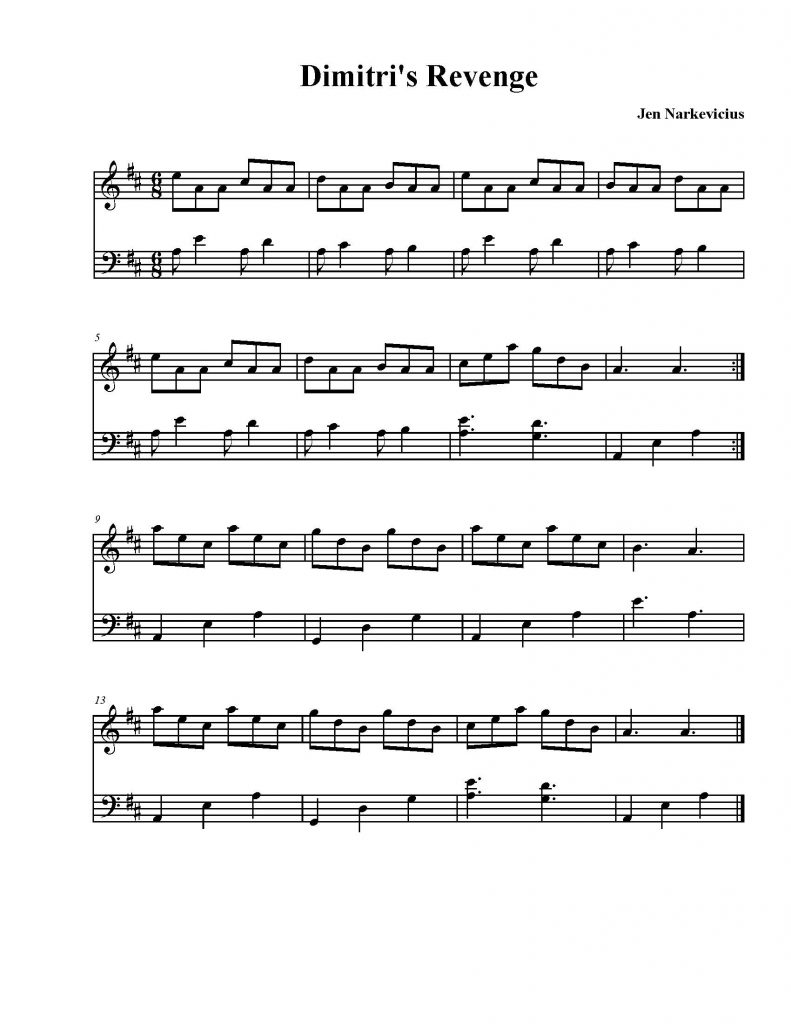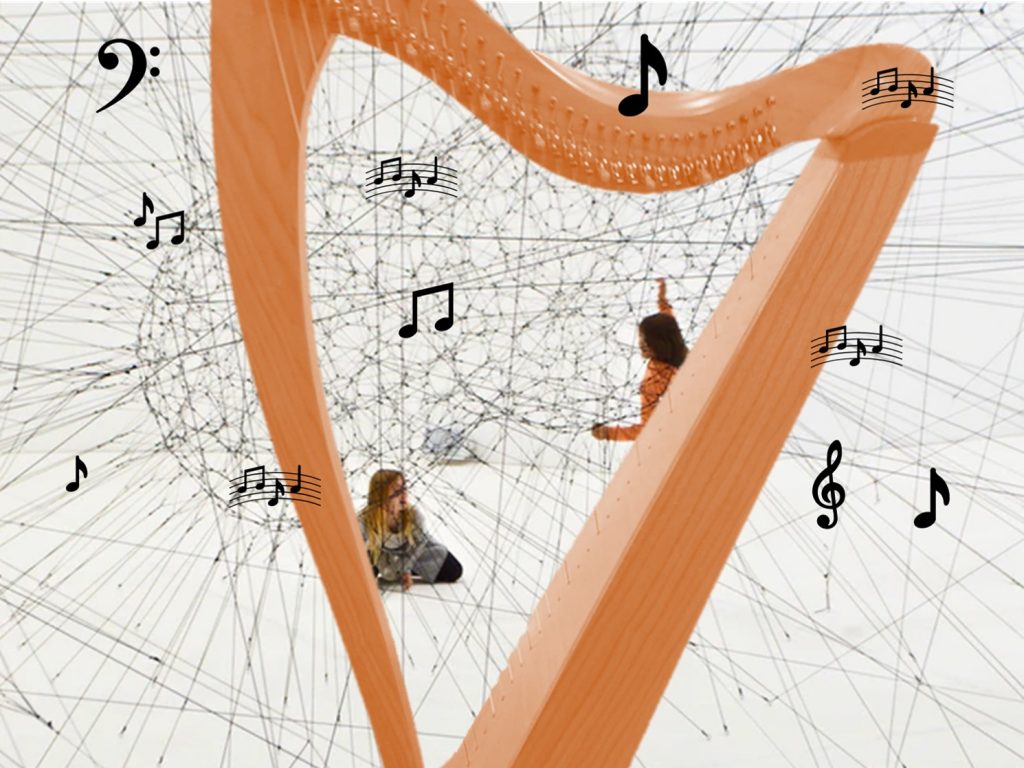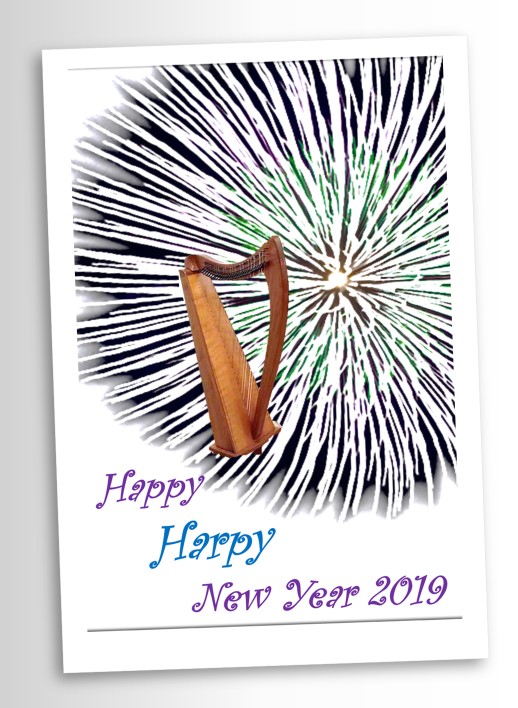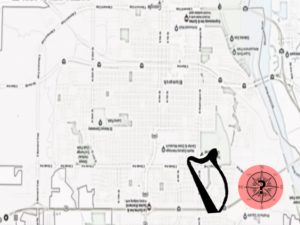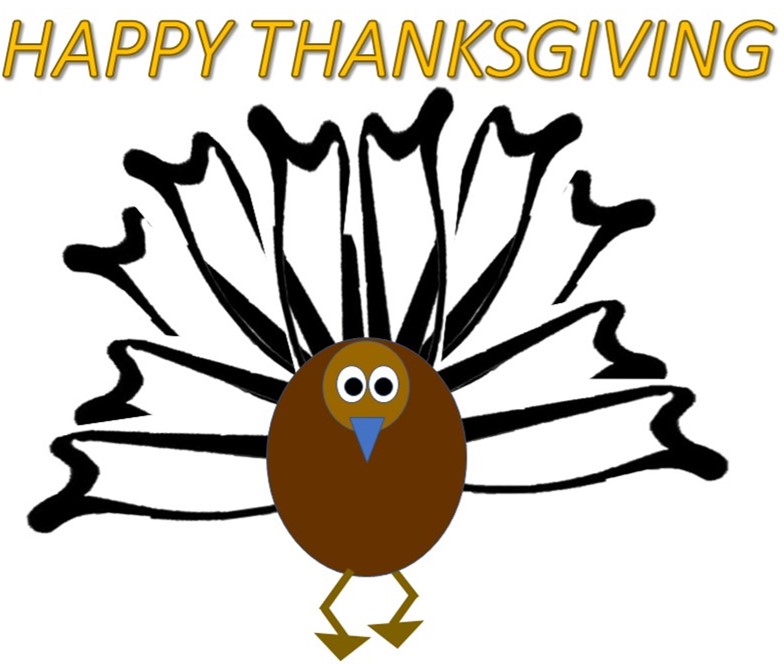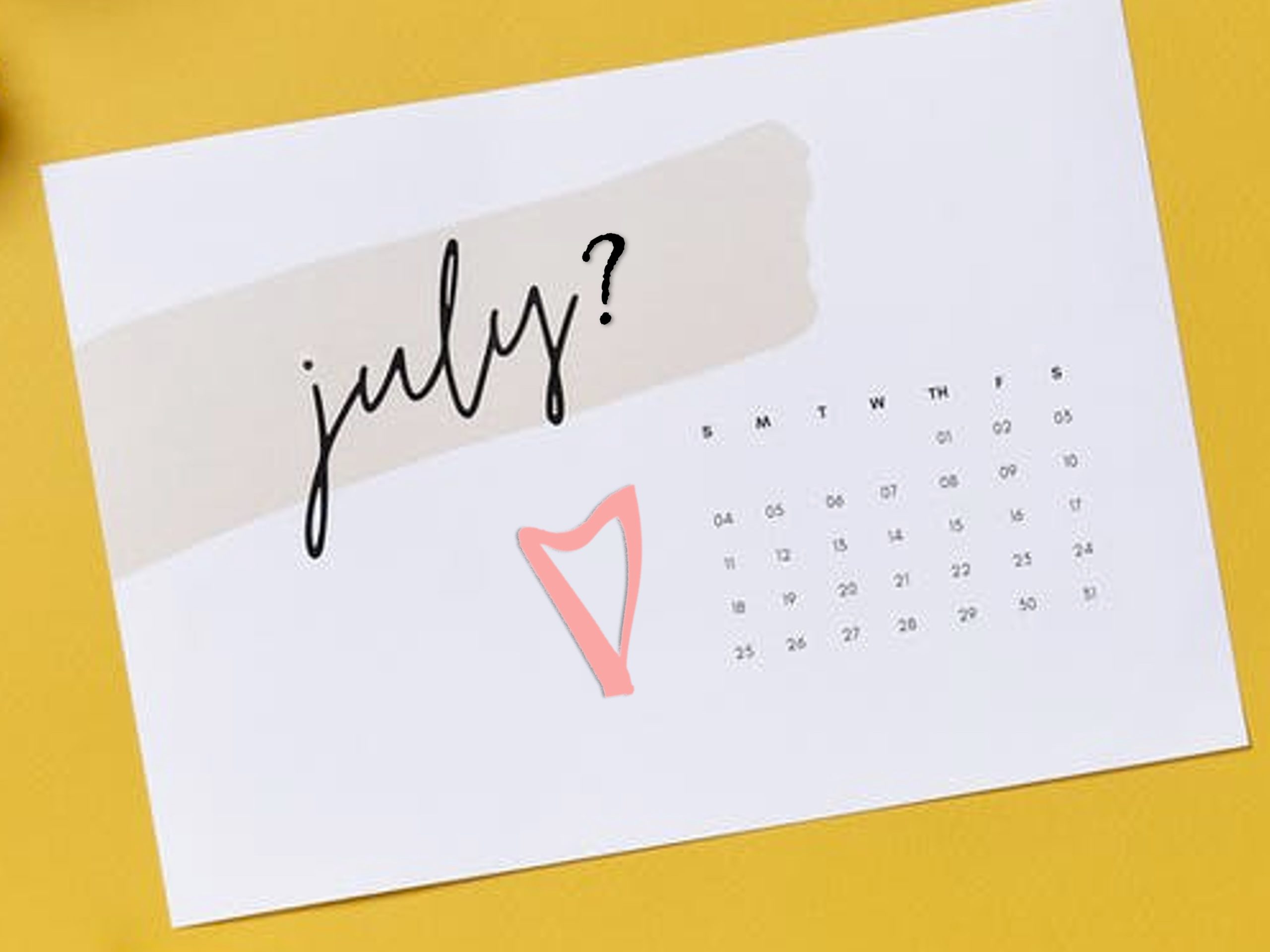 It’s been quite a time. All the stuff going on around us. Disease. Death. Destruction. But we’re really lucky – we have our instruments and our music to help soothe us and to aid our journey through the mire.
It’s been quite a time. All the stuff going on around us. Disease. Death. Destruction. But we’re really lucky – we have our instruments and our music to help soothe us and to aid our journey through the mire.
Most of us try to face toward the future, to the time after all the yuck we’re experiencing. Therefore, we might not have noticed that time is passing.
And so, the midpoint of the year, which is July 1st (or 2nd, depending on the year and your desired level of precision), has come and gone, by quite a bit – over six weeks (!). I like to mark the midpoint of the year – to see how things are going and to assess if I’m “there yet”. At that point in the middle of the year, plenty of time has passed to have started some projects, made progress on others, and to have finished some as well. With projects in work, I can also get a good idea how I’ll be getting along through the rest of the year.
I try not to make it too much of a report card. You know –
| SUBJECT | GRADE |
| Effort | A |
| Follow Through | C |
| Completion | F |
And if it is a report card, for it to be more kindergarten-like:
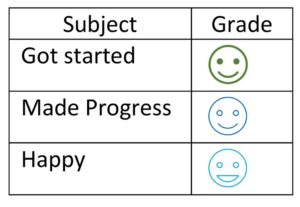 If you can focus on the critique (of the smiley report card) and avoid the criticism (of the other), then you can make a better assessment too. After all, at the beginning of the year, you have boundless energy, unending ideas, and a blank calendar. By the middle of the year, you have less energy, the calendar is mysteriously stuffed AND you have a clearer idea of what you are really interested in. Because really, you only do those things on which you focus.
If you can focus on the critique (of the smiley report card) and avoid the criticism (of the other), then you can make a better assessment too. After all, at the beginning of the year, you have boundless energy, unending ideas, and a blank calendar. By the middle of the year, you have less energy, the calendar is mysteriously stuffed AND you have a clearer idea of what you are really interested in. Because really, you only do those things on which you focus.
At this point of the year, when it’s hot, and still, and called the dog days for a reason, you might find that your focus has drifted. Between the alluring beauty of the easy things and the unending distraction of the glittery things, you may have lost sight of the most important things (as defined by you!). That makes this the perfect time to ask yourself if the important things of January have maintained their status in August? Ok, really the perfect time would have been on July 1st, but today is nearly as perfect a time to ask.
Then the question is, ask what? Here are a few questions you might ask (and answer!) in the middle of the year:
- Are those things identified in January as being important still important? If not, then take them off your agenda, ‘cause you’re not going to get to them! But if they are still important, then it’s time for the tough questions
- Why did they get short shrift?
- What is stopping you?
- What do you need to do to get back on track?
- What has gone well?
- What one thing do you need to have done by 31 December to consider this a good year?
- Were the goals set in January the right ones (and if not, what should they be now?)
- Am I only trying to do this because it seemed important before?
And my personal favorite –
- Am I enjoying myself? (because, after all, if not, why do it?)
On balance, I’m fairly pleased so far this year. How about you? We have about four and a half months to go, so there’s loads of time to keep on and move ourselves to where we’d like to be. Don’t forget that writing it down helps – both to realize what you have remaining to do and to remember what’s still to go (and why it is important to you). List the tunes you’d like to learn, the technique you want to master, the events you’d like to play, the people you’d like to meet, etc.
Then you can work on making it happen! How does your year look here at the mid-point? Let me know in the comments!


